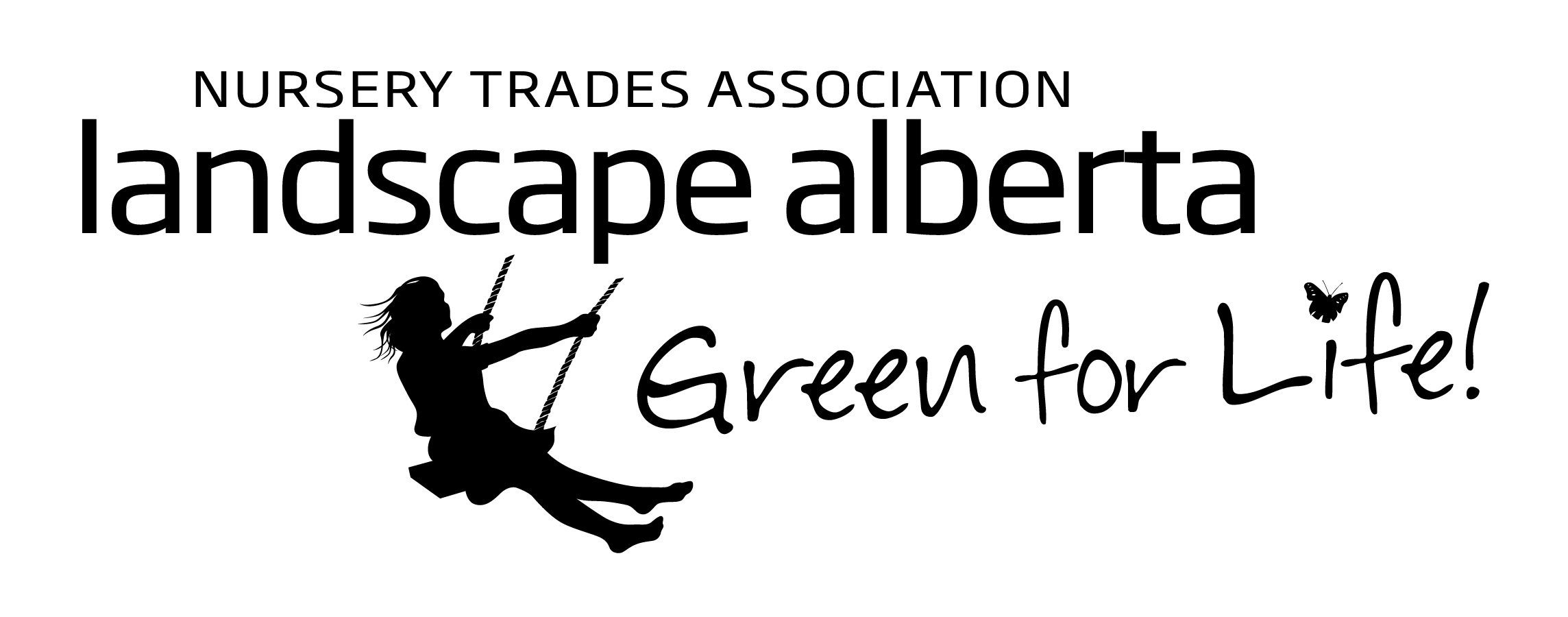Beginning January 1, 2017, the Government of Alberta has implemented the well-publicised carbon levy. On 31st December, they announced plans to offer a Greenhouse Growers’ Rebate allowing operators to recoup up to 80% of the carbon levy paid for heating growing facilities. This will be a two year program. The announcement can be found here.
This is great news as it allows Alberta-based growers to maintain a level playing field with growers in other jurisdictions (including BC, who also have a rebate program for their carbon tax).
The Alberta Greenhouse Growers Association (AGGA) was instrumental in advocating on behalf of the collective horticultural industry. With the services of De Paoli & Associates, AGGA was able to engage the Ministries of Agriculture and Environment & the rural caucus committee to make a strong case for the rebate.
At this time, there are no details available about the administration of the rebate, eligibility, payment frequency, or reporting mechanisms. The government hopes to have these details in place by the end of January.
The AGGA will continue to work with the Government of Alberta on this and will communicate details when available. If you have comments or suggestions on the program implementation, please direct these to your Landscape Alberta office or board members.
As a reminder, here are the announced rates being added to major fuel types.
| Source: Alberta Treasury Board and Finance |
| Type of Fuel |
January 1, 2017 $20/tonne |
January 1, 2018 $30/tonne |
| Marked farm fuels |
Exempt |
Exempt |
| Diesel |
+5.35 ¢/L |
+2.68 ¢/L |
| Gasoline |
+4.49 ¢/L |
+2.24 ¢/L |
| Natural Gas |
+1.011 $/GJ |
+0.506 $/GJ |
| Propane |
+3.08 ¢/L |
+1.54 ¢/L |









